
In this article, you’ll learn the basics of chess board setup, the rules of chess, and some recommended chess boards to elevate your game. By the end of this guide, you’ll be ready to challenge your friends and family to a game of chess and emerge victorious!
Chess is a timeless game that has been enjoyed by people of all ages and skill levels for centuries. However, if you’re new to the game, it can be intimidating to learn the rules and set up a chess board correctly. That’s why we’ve created this comprehensive guide to chess board setup, designed to help beginners and experienced players alike.
Before covering chess board setup, let’s talk about the chessboard itself. The chessboard is a square board consisting of 64 alternating colored squares arranged in an 8x8 grid. The squares are typically black and white, although other colors may be used. The light-colored squares are called “white” and the dark-colored squares are called “black.”
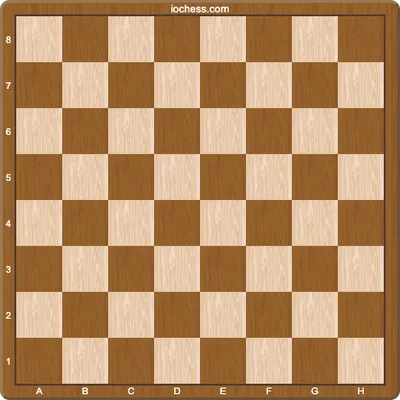
The board is divided into ranks, which run horizontally from one side of the board to the other, and files, which run vertically from top to bottom. The ranks are numbered 1 to 8, and the files are labeled a to h.
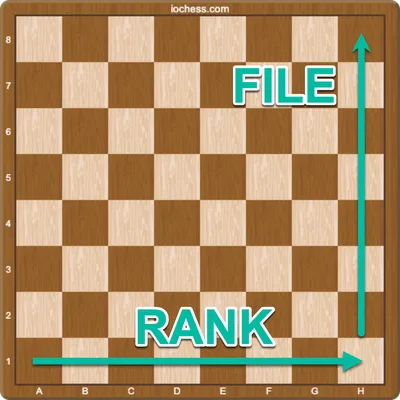
The pieces are set up on the board in a specific pattern, with each player having a different set of pieces. The pieces are divided into two groups: the white pieces and the black pieces. The white pieces are always placed on the first and second ranks, while the black pieces are always placed on the seventh and eighth ranks.
The pieces consist of:
The board is oriented so that the players have a white square in the bottom right-hand corner. This is known as “White’s home square” or “White’s side of the board.”
Understanding the basics of the chessboard layout and piece setup is an essential foundation for learning to play chess. By becoming familiar with these concepts, you’ll be better equipped to move on to more advanced topics such as chess notation, tactics, and strategy.
Now that we’ve covered the basics of the chessboard, let’s take a closer look at a chess board setup. Follow these steps to ensure you’re setting up your chessboard correctly:
The first step is to place the chess board in the correct orientation, with a white square in the bottom right-hand corner. Make sure the board is centered on a flat surface and that there is plenty of space around the board for the players to move their pieces.
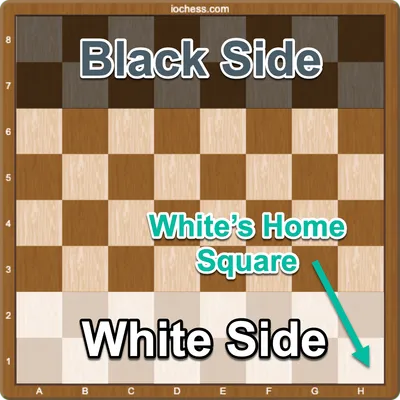
Starting with the white pieces, place the pieces on the board in their correct positions. The rooks go in the corners, followed by the knights, then the bishops, the queen on her matching color, and the king on the remaining square. The pawns are then placed on the second rank in front of the other pieces. Repeat the process for the black pieces, mirroring the positions of the white pieces. See the pictures below to see how a chess board setup looks.
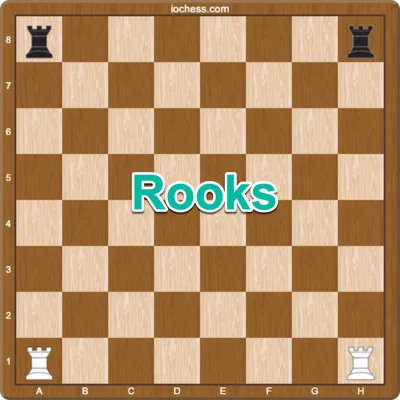
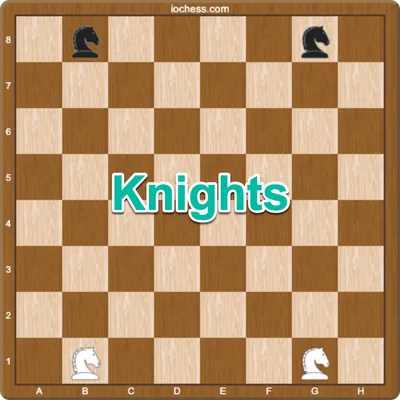
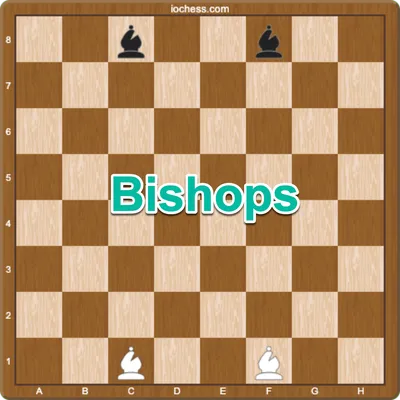
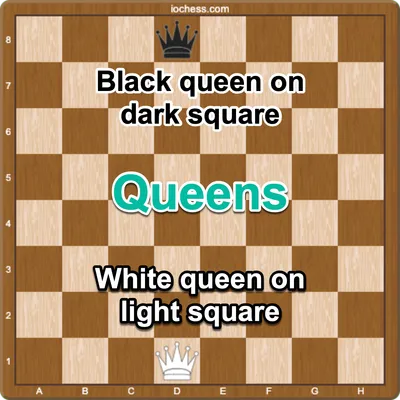
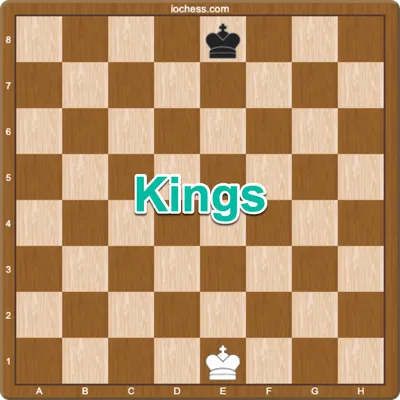
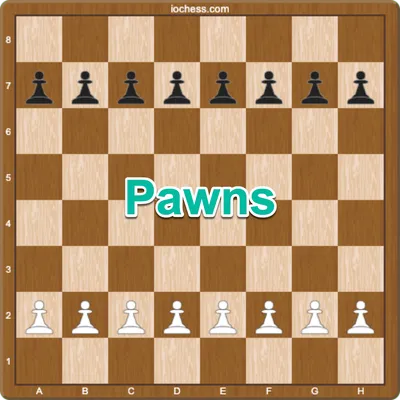
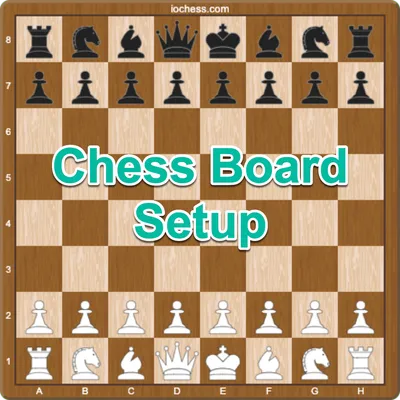
Once you’ve placed all the pieces on the board, take a step back and double-check that they are in their correct positions. Make sure the kings and queens are on the correct squares and that the other pieces are in their correct positions.
Once you’ve verified that the pieces are set up correctly, it’s time to begin the game! The player with the white pieces moves first, and the game is underway.
By following these steps, you’ll have the proper chess board setup and you can start playing chess in no time. Whether you’re a beginner or an experienced player, taking the time to properly set up the board will ensure that you can focus on the game itself and enjoy all the challenges and rewards that come with playing chess.
Now that you have a good understanding of the basics of chess and how to set up a chess board, it’s time to find the perfect chess board and pieces to play on. Here are some of our top recommendations:
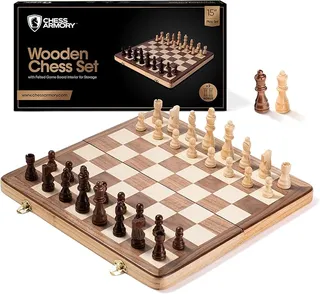
The Chess Armory 15 Wooden Chess Set: This set is perfect for beginners or casual players. It's a classic, handcrafted wooden set that includes 32 chess pieces and a folding board for easy storage. The pieces are felt-bottomed to protect the board and have a traditional Staunton design.
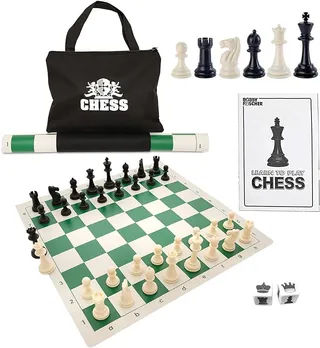
The Best Value Tournament Chess Set: This set is a great option for those on a budget. It includes a 3.75 king and is made from durable plastic. The pieces are weighted and have a traditional Staunton design. It also comes with a roll-up board for easy storage and transport.
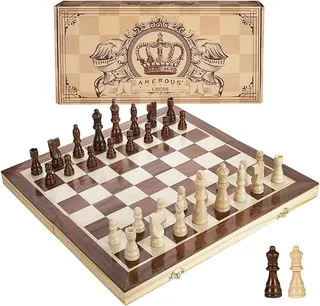
The Amerous 15 Magnetic Wooden Chess Set: This set is a great option for on-the-go play. It's a compact, magnetic set that's easy to transport and store. The pieces are handcrafted from high-quality wood and have a classic Staunton design.

The House of Staunton Grandmaster Chess Set: This set is a high-quality, tournament-size chess set that's perfect for serious players. It features a 4 king and is made from durable boxwood and ebony wood. The pieces are triple-weighted and have a beautiful, polished finish. This set is pricey, but worth it for the serious chess enthusiast.
Note: As an Amazon Associate, we earn from qualifying purchases.
By choosing one of these recommended chess boards, you can be sure you’re getting a high-quality, durable set that will last for years of play.
Chess is a game of strategy and tactics, but it’s also a game with a specific set of rules that must be followed. Understanding these rules is essential to playing the game properly and enjoying it to the fullest.
The game is played between two players, each of whom starts with 16 pieces: one king, one queen, two rooks, two knights, two bishops, and eight pawns. The objective of the game is to put your opponent’s king in a position where it is under attack (known as “check”), and where there is no legal move to get out of check (known as “checkmate”).
Here are some additional rules to keep in mind when playing chess:
Movement of Pieces: Each type of piece moves in a specific way. Pawns move forward one or two squares on their first move, and one square thereafter. Rooks move horizontally or vertically any number of squares. Knights move in an L-shaped pattern, two squares in one direction and one square in a perpendicular direction. Bishops move diagonally any number of squares. The queen can move any number of squares horizontally, vertically, or diagonally. The king can move one square in any direction.
Capturing: When a piece lands on a square occupied by an opposing piece, that piece is captured and removed from the board.
En Passant: Pawns have a special move called “en passant,” which allows them to capture an opposing pawn that has just advanced two squares from its starting position. This can only be done on the move immediately after the opposing pawn has advanced two squares, and only if the capturing pawn could have captured the opposing pawn had it advanced only one square.
Castling: Castling is a special move that allows the king to move two squares towards a rook on the player’s first rank, while the rook moves to the square the king crossed. Castling is only allowed under certain conditions: neither the king nor the rook may have moved before, there must be no pieces between the king and the rook, and the king must not be in check or move through a square that is attacked by an opposing piece.
Draw: A game of chess can end in a draw if neither player is able to checkmate the other, or if both players agree to a draw. Draw can also happen in cases such as stalemate, threefold repetition, and the 50-move rule.
Understanding these basic rules is crucial to playing chess effectively. As you gain more experience, you’ll become familiar with more advanced rules and tactics, but keeping the basics in mind will help you make sound decisions and enjoy the game to the fullest.
One of the keys to improving your chess game is to keep a record of your moves. Chess notation is a way to record the moves you and your opponent make during a game. This is especially useful for reviewing your games after they are over and analyzing your play.
Chess notation consists of a combination of letters and numbers that represent the squares on the chessboard. The columns are labeled with letters (a through h) and the rows are labeled with numbers (1 through 8). The notation for a move consists of the piece moved (K for king, Q for queen, R for rook, B for bishop, N for knight, or nothing for a pawn move), the starting square, and the ending square.
For example, if you move your knight from g8 to f6, you would record the move as “Nf6.” If you capture a piece, you add an “x” between the piece moved and the square it captured. For example, if you capture a pawn with your bishop on b5, you would record the move as “Bxb5.”
In addition to recording your moves, it’s also helpful to annotate your games. This means adding comments or symbols to your notation to help you remember your thought process during the game. For example, you might use a ”!” to indicate a good move, a ”?” to indicate a mistake, or a ”!!” to indicate a brilliant move.
In addition to recording your moves and annotating your games, it’s important to have a basic understanding of chess strategy. Here are a few key principles to keep in mind:
Control the Center - The center of the board is the most important area in chess. Controlling the center allows you to control more squares and have more options for your pieces. As a general rule, you should try to control the center with your pawns and develop your pieces towards the center.
Develop Your Pieces - Developing your pieces means getting them out of their starting positions and into active roles. This allows you to create threats and put pressure on your opponent. As a general rule, you should try to develop your knights and bishops before your rooks, and avoid moving the same piece multiple times in the opening. Some of the best chess openings for beginners will help you develop the right pieces at the right time.
Castle Early - Castling is a crucial defensive move that allows you to protect your king and connect your rooks. As a general rule, you should try to castle early in the game, usually within the first 10 moves.
Plan Ahead - Chess is a game of planning and anticipation. As you develop your pieces and control the center, you should be thinking about your long-term goals and how to achieve them. This may involve preparing pawn breaks, creating threats against your opponent’s king, or finding ways to improve the position of your pieces.
By keeping these principles in mind and practicing regularly, you can improve your chess game and enjoy the challenges and rewards of this timeless game.